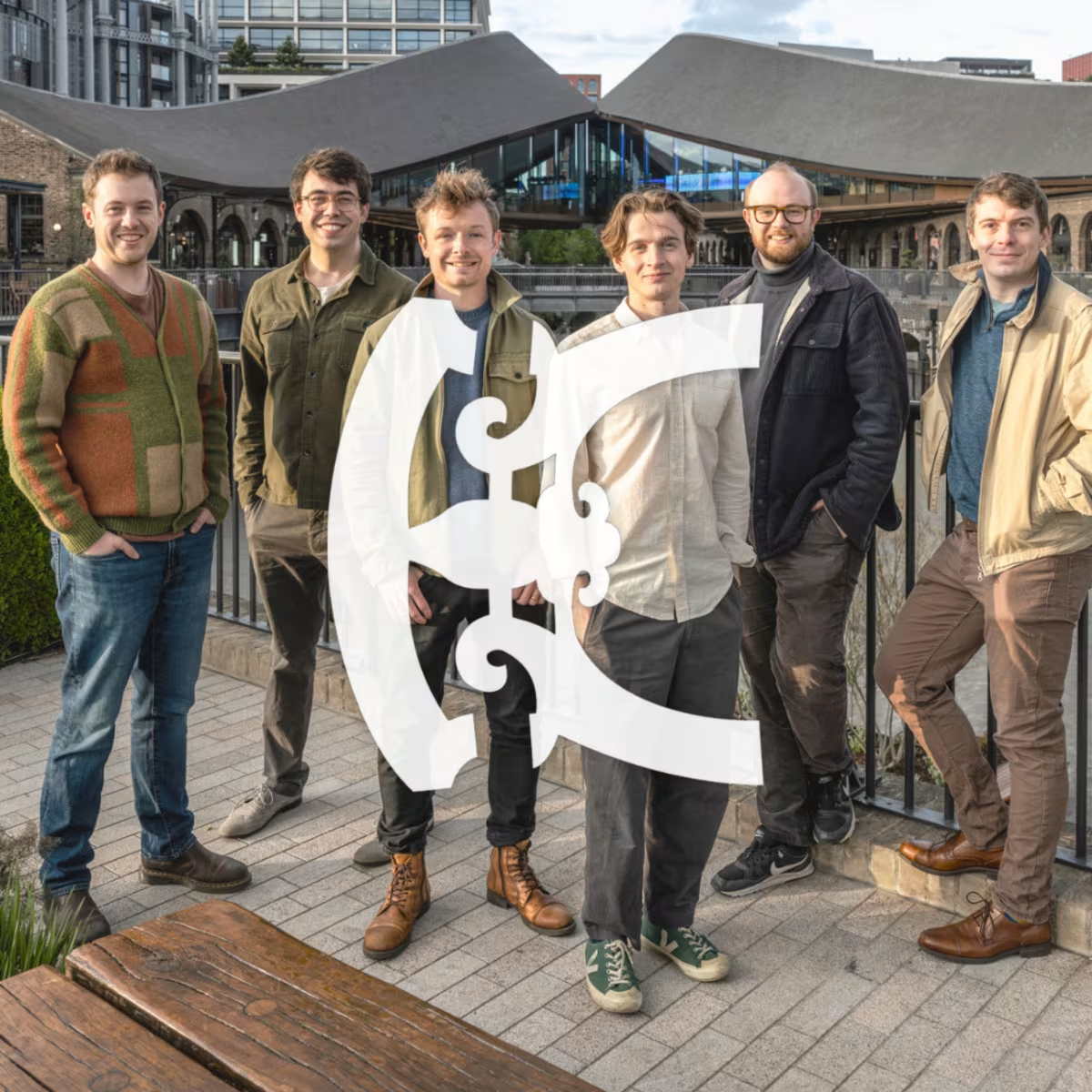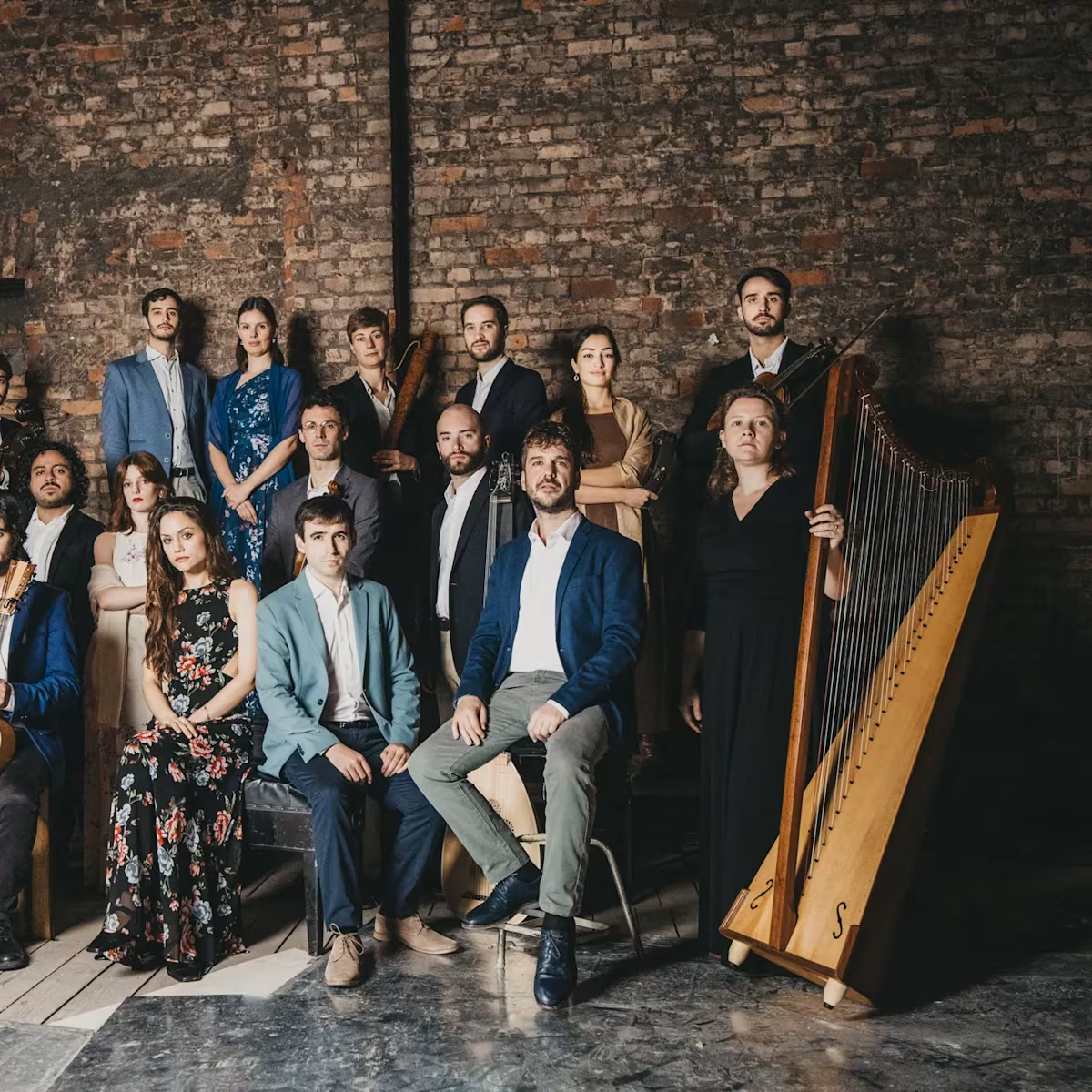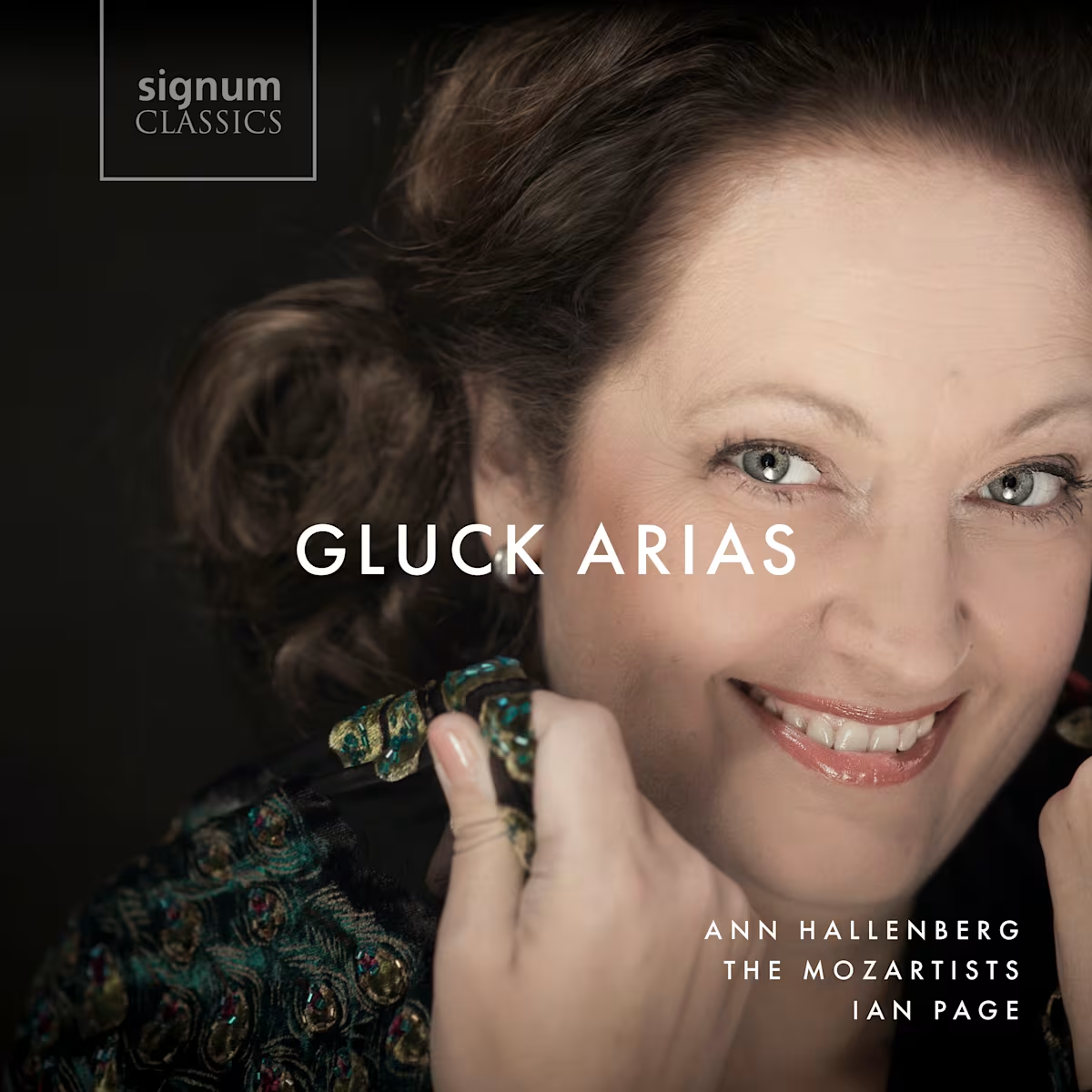Feature
The Ghost in the Machine
What information can musical machines provide about 'live' performers from the past, and what influence can this have on our modern HIP practice?
Share this

"What information can musical machines provide about 'live' performers from the past, and what influence can this have on our modern HIP practice?"
Emily Baines shares her thoughts on this question with Continuo Connect.
When we perform period music, in the modern age, whether in live performance, recording, or purely for pleasure, we draw on many sources to inform and inspire our interpretation. These sources include (but are not limited to) historical treatises, compositional practices, organological research, etc. However, we must not forget that modern ‘early’ musicians are also shaped by the traditions in which they have been taught, their own taste and experience, and the vast (and often conflicting) array of academic writing and recordings made over the past 100 or so years since the advent of the recording industry and the Early Music movement. Over the past 15 years or so, I have been investigating and evaluating mechanical musical instruments (in my case mostly made in England), which provide a further source of evidence which could become a vital component to our understanding of the music of the eighteenth century, but which has so far been rather undervalued. These instruments operate with minimal human input, playing music by means of pinned barrels which release pumped air to organ pipes, powered by either clockwork, or a hand crank.
My interest in these instruments was piqued in 2006 when I visited the Museum Speelklok in Utrecht to see their Royal Music Machines exhibition. There I heard an organ-clock by Charles Clay play a piece of music by Handel and, having just finished a degree in historical performance at the Conservatory in The Hague, I was intrigued to hear this instrument play in a style that was quite unfamiliar to me. I believed I had been studying the performance practice that was akin to that Handel would have had in mind when he composed, but here were many features which jarred against my understanding of eighteenth-century musical style. I wanted to find out what relevance this machine and others like it had to the actual performance practice of Handel (or other composers). Would the mechanical instruments of the eighteenth century have been considered an accurate reproduction of a live performance at the time it was made? If not, why was it produced in the way it was? If it was, why is the way that we play now so different and how might this new evidence be incorporated into a modern performance practice?

My first question, regarding the Clay Clock’s relevance to Handel, led me to investigate what relationship there may have been between them. The two men lived and worked close to each other, one on the Strand, the other on Brook St (a distance of only a mile or so) and Clay prided himself on working with the finest artisans in London and further afield, not just on the musical arrangements, but the design and decoration of his clocks as well. Collaborators included Jacopo Amigoni, Jan Michiel Rijsbrack and Louis-François Roubilliac (who made Handel’s memorial in Westminster Abbey) and he advertised his clocks to contain music by Corelli, Handel and Geminiani. Through close analysis I have discovered convincing links between ornament sketches written in Handel's own hand, and arrangements written for Clays clocks, providing an important connection between the composer’s personal performance practice and the organ-clock's style. This connection potentially establishes other arrangements for Clay's clocks as further, valuable examples of Handelian musical decoration.
There are also close links between Clay and manufacturers of other surviving mechanical instruments. Barrel-organs and clocks dating from later in the century perform the music of many composers including Handel, Arne, Geminiani, Purcell, and many more, and I have taken as my second example an amazingly preserved barrel-organ by Henry Holland dating from around 1790. It contains 64 pieces over 16 barrels, most of which are in perfect working order. It is housed at Hammerwood House in East Grinstead – which is very much worth a visit! These organs were highly prized as imitating the best players and, according to William Coxe, stepson to Handel’s amanuensis J.C. Smith (the younger), they were capable of playing ‘with so much delicacy and taste, as to convey a warm idea of the impression which the hand gives upon the instrument’.

The burst of innovation and the refinement of many machine technologies over the course of the eighteenth-century, alongside an aesthetic which valued ‘good taste’ as the highest of aesthetic principals, meant that these instruments, if not quite able to reproduce the nuance of a live player, are at least capable of conveying a great deal of information regarding how educated and experienced listeners of the period expected to hear music performed. There was even an assumption that these instruments were capable of ‘preserving’ the finest players in their barrels and pins, and of delivering information regarding performance style that mere written notation, with all its ornamentation symbols and other intricacies, was not able to express.

The style itself is eminently playable on any instrument, although does take a little time to become familiar. The most striking difference on a first hearing is in the use of small-scale 'ornaments of expression' as Geminiani terms them (trills, mordents, etc.). These are far more numerous and varied than our modern ears expect, and occur in some surprising places. There are a huge number of trills, around half of which begin on the main note, rather than the upper, and they are very much not restricted to cadence points; mordents occur frequently on opening and final notes of phrases and even at the beginning and end of the entire movement, and this is just the start! In fact, once one has become accustomed to them and the style is ‘under the fingers’, they make a great deal of sense, often highlighting harmonic rhythms, or beautifully adding to the expression and articulation of delicate melodic phrases. The results are often quite florid, which I feel reflects the often excessive (to modern eyes) intricacy of many baroque artefacts – the Clay Clocks themselves being one example - revealing hidden virtuosity in music one thought one knew so well, and giving music which seemed straightforward much more energy and verve. It also reveals a great deal about the peculiar mix of national styles present in England during the eighteenth-century and beyond, as Italianate expansive melody meets the intricacies of French decoration. The decorative style also has a huge impact on other performance decisions such as tempo choices, and whether to use fermatas and/or slow down towards the end of movements, although there is not space to detail all of this here.

As a performing musician, the act of engaging practically with a new style of playing such as this pushes players to re-assess many of their established musical ideas, not to mention stretching their hard-earned technique. I have found this to be an invaluable experience however, enabling me to really delve into the reasons why we perform historical music the way we do, and how adopting fresh approaches can invigorate both my own and others' playing as we see pieces through new eyes (and ears). Of course, it is also tremendous fun!
I am incredibly excited to be continuing this work as part of an international research project drawing together scholars from across many disciplines, organised by and centred around the Museum Speelklok, Utrecht. The project, which will culminate in 2028, aims to bring together the seven surviving musical clocks by Clay, which are spread around the world in a travelling interactive exhibition. It will also produce a substantial academic publication as well as other accessible resources, allowing the public to fully appreciate not only the beauty of these machines, but their importance as examples of cross-disciplinary international collaboration.
The Ghost in the Machine, a recording by Amyas, directed by Emily Baines, is available now on First Hand Records.
Share this
Keep reading

Playlist: The Gesualdo Six
This playlist explores The Gesualdo Six's extensive discography, featuring some new works commissioned by the group, alongside a wide range of early music.

Cantoría | ‘A la fiesta, zagales’: Spanish Baroque at Wigmore Hall
Cantoría leads listeners into a vibrant Spanish festive world filled with the joyful energy of Baroque villancicos, carols, jácaras and dances.

Gluck Arias | Ann Hallenberg with The Mozartists & Ian Page
Ian Page and The Mozartists’ latest recording for Signum Classics features a programme of Gluck arias sung by celebrated Swedish mezzo-soprano Ann Hallenberg.



